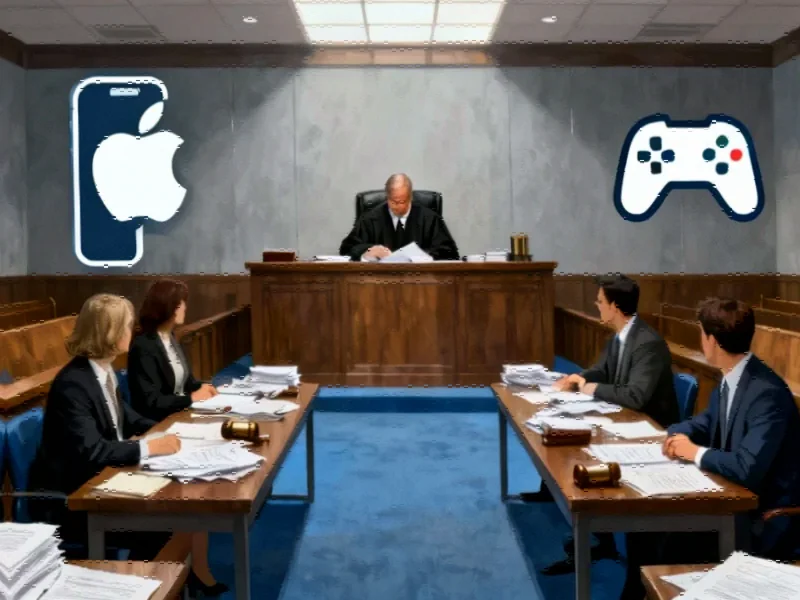The Foundation of a Transformative Partnership
When AMD’s Lisa Su and HP’s Enrique Lores first connected over a decade ago, neither held the CEO position at their respective companies. Yet even then, they recognized in each other the qualities that would eventually fuel one of technology’s most successful turnarounds. Lores was struck by Su’s clarity of vision for what AMD could become, while Su appreciated Lores’ willingness to take a bold bet on a semiconductor company that was then struggling against competitors like Intel and Nvidia.
“We had used AMD only for the low end of our consumer business and we jointly saw an opportunity to use their technology in more premium products for commercial customers,” Lores recalled. The partnership required both executives to convince their then-CEOs of the strategy’s merit and develop the economic models to prove it made business sense.
From Recovery to Revolution
Under Su’s leadership, AMD transformed from a company with what she describes as “ho-hum” products into a semiconductor powerhouse driving the AI revolution. This remarkable turnaround story represents one of modern business’s most impressive case studies in corporate reinvention. The company’s focus on high-performance computing and AI acceleration has positioned it at the forefront of technological innovation.
Meanwhile, Lores has been executing his own transformation at HP, shifting the company from a traditional hardware business to what he calls an “experience solutions company” that brings AI capabilities directly from the cloud to devices. This strategic pivot reflects broader industry developments as companies adapt to the AI era’s demands.
The AI-Driven Computing Landscape
Today, AMD supplies the high-performance chips at the heart of HP’s AI-driven PCs, laptops, and workstations, representing the fruition of their early vision. This collaboration comes at a critical moment as enterprises navigate competing investment priorities between large language models and device-level AI capabilities.
The partnership’s strength, both CEOs emphasize, stems from mutual trust and bottom-line results. “When you have a friend, you trust your friend, and when you are doing new things, it’s important to have that level of confidence,” Lores noted. This trust has proven essential as they co-develop new technologies and AI architecture for workplace applications, demonstrating how strategic alliances can drive innovation.
Navigating Market Challenges
Despite their successful collaboration, both companies face distinct market pressures. While AMD’s stock has nearly doubled, HP has contended with a 15% stock price decline this year due to tariff concerns and weaknesses in its printing business. These challenges highlight the complex market trends affecting technology hardware manufacturers.
The computing industry’s competitive landscape continues to evolve rapidly, with companies like Foxconn advancing development of next-generation AI technologies. Meanwhile, financial leaders like Jamie Dimon have issued economic warnings that could impact technology investments across sectors.
The Future of AI Computing
As AMD and HP continue their partnership, they’re betting that AI-driven devices will become increasingly central to enterprise computing. Their collaboration represents a strategic response to the industry’s shifting dynamics, where the boundaries between cloud and edge computing continue to blur.
This transformation occurs alongside other significant technology implementations across sectors and regulatory developments such as Michigan’s proposed internet legislation that could shape the digital landscape. What began as a risky bet between two forward-thinking executives has evolved into a partnership that continues to redefine what’s possible in computing, proving that trust and vision remain among the most valuable currencies in business transformation.
This article aggregates information from publicly available sources. All trademarks and copyrights belong to their respective owners.
Note: Featured image is for illustrative purposes only and does not represent any specific product, service, or entity mentioned in this article.



